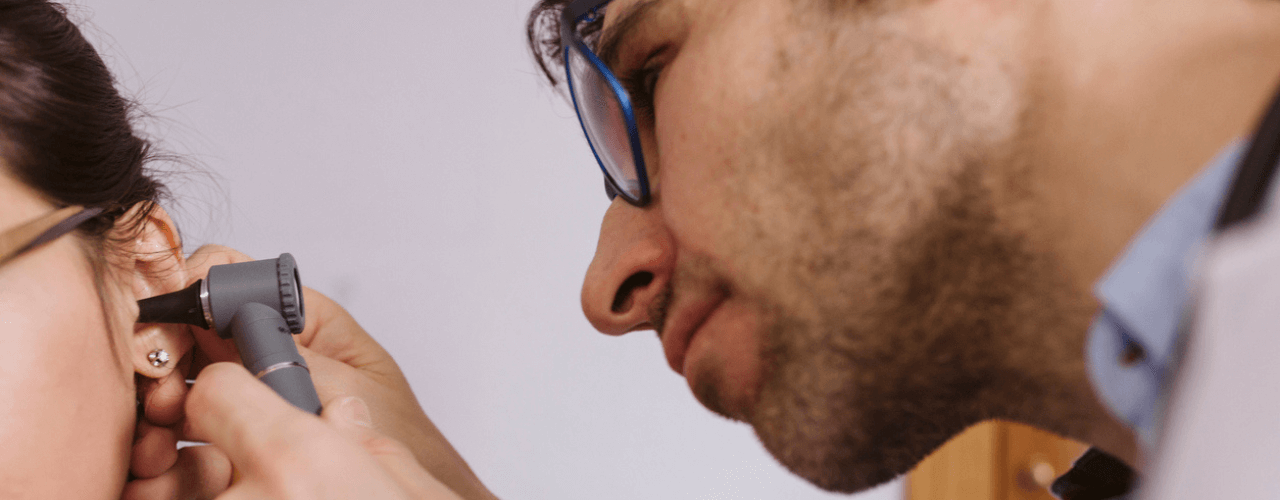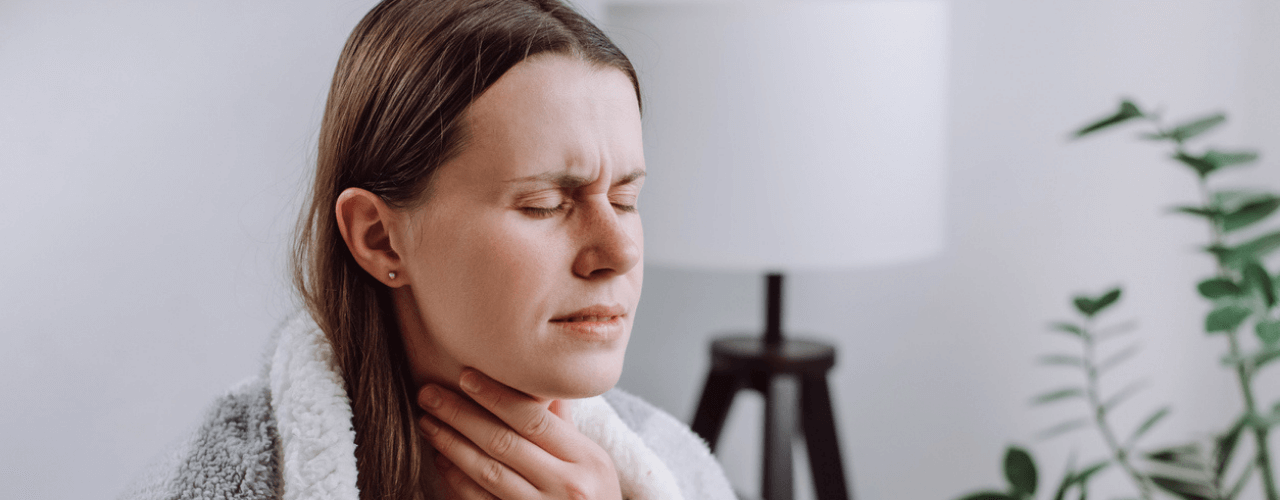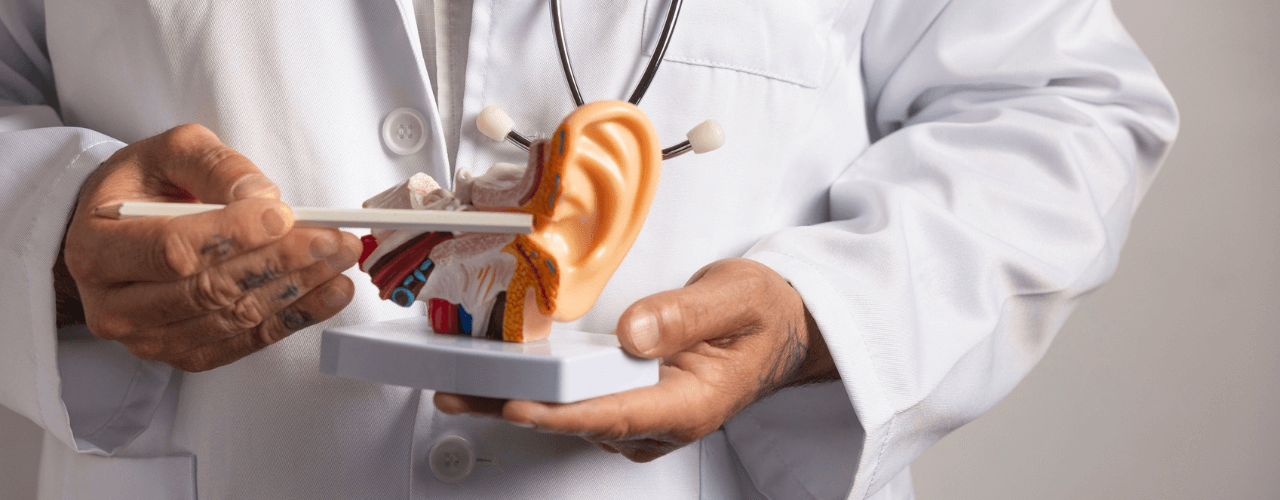Professional Ear Cleaning vs DIY Earwax Removal: What an Ear Nose and Throat Doctor Recommends
Most people don’t think much about earwax until it starts causing problems. Sudden hearing loss, itching, pressure, or a blocked feeling can be worrying, especially when you’re not sure if you should try to clear it yourself or see a professional.
At Harley Street ENT, we see both sides of the story; people who’ve tried home remedies with mixed results, and those who choose professional care right away.
Here’s how to decide what’s best for your ears.
Why do we have earwax in the first place?
Earwax (also called cerumen) is your body’s way of keeping your ears clean and healthy.
It traps dust, dirt, and tiny debris before they can reach your eardrum. It also contains natural oils and antimicrobial properties to protect the skin in your ear canal.
Earwax is slightly acidic, which helps to prevent infections. The wax also keeps the ear canal moisturised, stopping it from drying out and becoming irritated.
In most people, earwax naturally works its way out during chewing and jaw movement. This self-cleaning system is very effective, until something interferes with it.
What causes earwax build-up?
As ear nose and throat doctors, we often explain that earwax problems aren’t a sign of poor hygiene. In fact, cleaning your ears too often can make things worse.
Here are some of the main reasons for earwax blockages:
- Narrow ear canals – This is often genetic. If your canals are naturally small, wax may get stuck.
- Regular use of earplugs or hearing aids – These can block the natural pathway for wax to leave the ear.
- Using cotton buds – Instead of removing wax, they tend to push it deeper and compact it.
- Skin conditions – Eczema, psoriasis, or dermatitis can affect the skin inside the ear and lead to wax problems.
- Natural overproduction – Some people’s glands simply produce more wax than average.
- Ageing – As we get older, earwax can become drier and harder, making it more likely to get stuck.
- Hair in the ear canal – Coarser hair can trap wax.
Understanding the cause of your build-up can help in preventing it from happening again.
What are the risks of DIY earwax removal?
It’s tempting to try fixing the problem at home, especially if you’ve seen tips online. Cotton buds, hairpins, or “ear candles” might seem harmless, but they carry real risks.
Potential dangers include:
- Pushing wax deeper – making the blockage worse.
- Scratching the ear canal – which can be painful and lead to infection.
- Perforating the eardrum – which can cause hearing loss and require medical treatment.
- Introducing bacteria – increasing the chance of infection.
- Delaying diagnosis – ear problems can mask underlying conditions that need attention.
Even over-the-counter ear drops can cause issues if used incorrectly or in the wrong cases. For example, if you have a perforated eardrum, using certain drops could cause pain, dizziness, or infection.
In some situations, frequent cotton bud use can push wax right against the eardrum, causing discomfort and reduced hearing, often requiring professional removal.
Common myths about earwax removal
Over the years, we’ve heard many misconceptions about ear cleaning.
Here are a few that an ear nose and throat doctor would like to clear up:
- “Earwax means my ears are dirty.”
Not true. Earwax is your ear’s cleaning system. It’s protective, not dirty. - “Cotton buds are the best way to clean ears.”
In reality, they tend to make blockages worse. - “Ear candles can pull wax out.”
Studies show they don’t remove wax and can cause burns or injuries. - “If I can hear fine, I don’t have earwax.”
Wax can build slowly without obvious symptoms, until one day it suddenly causes a blockage.
When is it better to see a professional?
If you have any of the following symptoms, it’s best to visit an ear nose and throat doctor instead of trying to treat the problem yourself:
- Sudden or worsening hearing loss
- Earache or a feeling of fullness
- Persistent itching in the ear canal
- Discharge from the ear
- Dizziness or balance problems
- A history of ear surgery or eardrum issues
A professional can diagnose whether earwax is really the cause or if something else is going on.
How does an ear nose and throat doctor remove earwax?
When you come to Harley Street ENT, we begin with a full ear examination using an otoscope or a microscope. This allows us to see exactly where the wax is and how much needs removing.
We may recommend:
- Microsuction – Using a gentle vacuum, we remove the wax while viewing your ear canal through a microscope. This method is precise and safe, even for sensitive ears. You may hear a soft suction sound during the process, but it shouldn’t be painful.
- Irrigation – A controlled flow of warm water flushes out the wax. We only use this method if it’s safe for your ear health.
- Manual removal – With fine instruments, we can carefully lift out stubborn wax without touching the eardrum.
These procedures usually take less than 20 minutes. Many patients notice instant relief, clearer hearing, less pressure, and more comfort.
What happens after professional ear cleaning?
After removal, we may give you advice on preventing future build-ups. This could include:
- Using olive oil drops occasionally (only if advised)
- Avoiding cotton buds entirely
- Scheduling routine ear checks if you are prone to blockages.
- Keeping ears dry after swimming or showering
- Managing any skin conditions that affect your ear canal.
We also check your ear canal and eardrum for signs of infection or other conditions. In some cases, earwax build-up is a symptom of a bigger issue that needs treatment.
Can earwax problems be prevented?
While you can’t stop your ears from producing wax, you can help keep things under control:
- Avoid inserting anything into your ears.
- Wear ear protection when swimming if you’re prone to blockages.
- Treat underlying skin conditions early
- Visit an ear nose and throat doctor once or twice a year if you’re prone to wax build-up
The bottom line from Harley Street ENT
Your ears are delicate. DIY removal might seem quicker and cheaper, but it can put your hearing and ear health at risk. Professional ear cleaning is safe, precise, and carried out under direct vision, so nothing is left to chance.
If you’re unsure, it’s always better to have your ears examined by a specialist. That way, you get the right treatment and avoid avoidable complications.
Need safe and effective earwax removal? Book an appointment at Harley Street ENT and let our experienced ear nose and throat doctors help you hear clearly and comfortably again.












